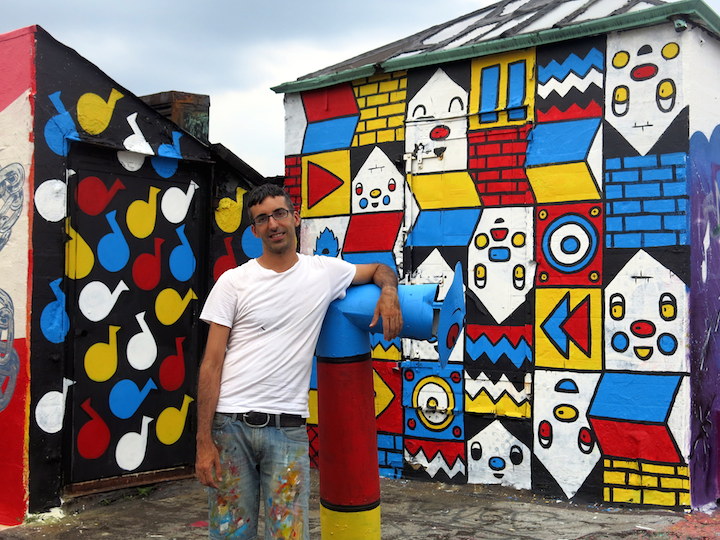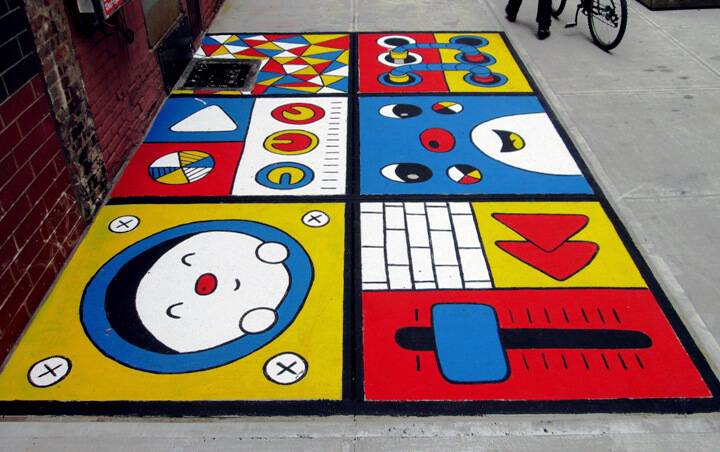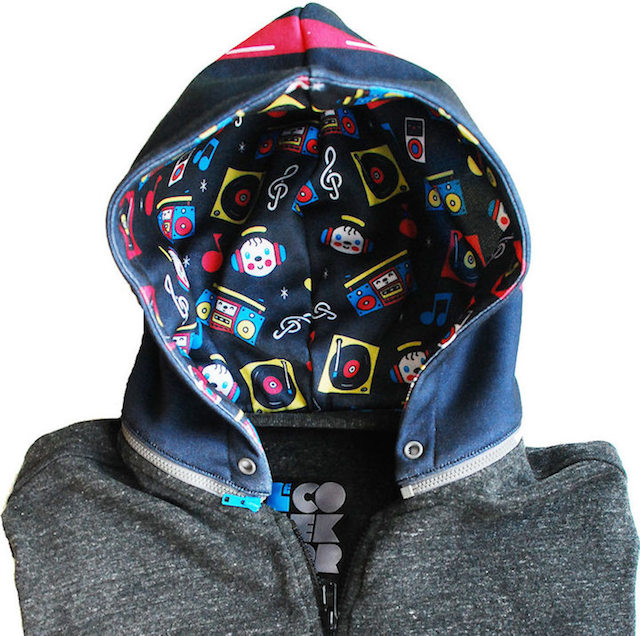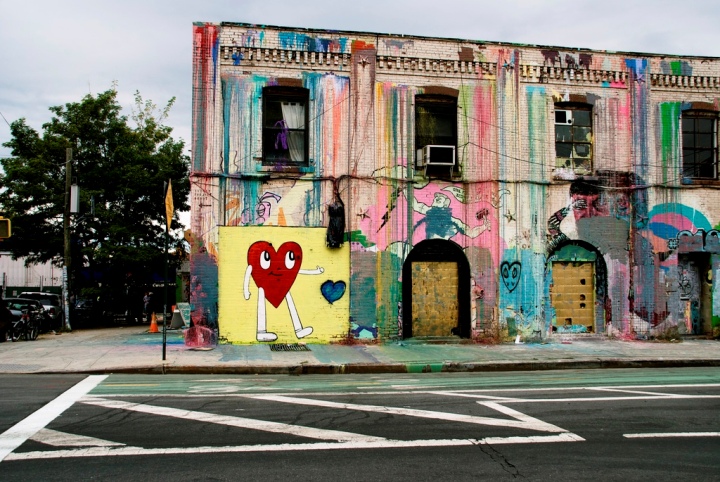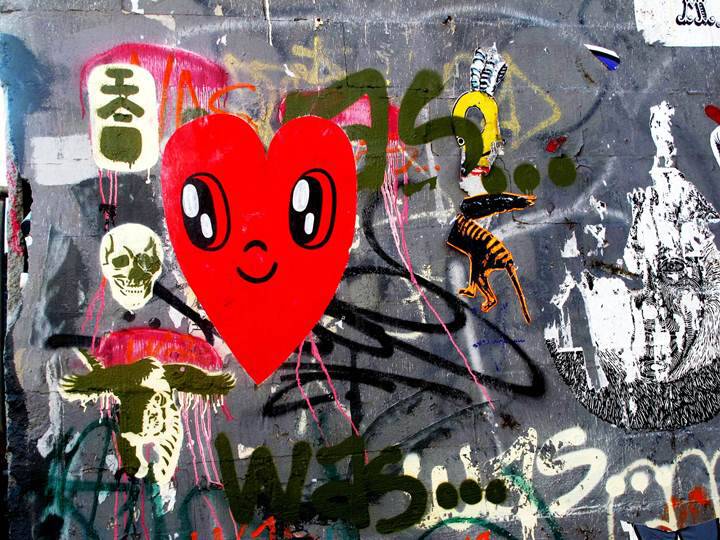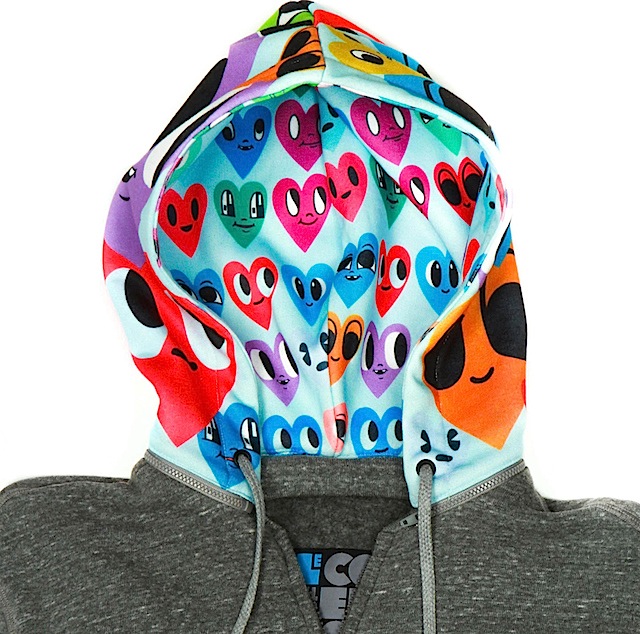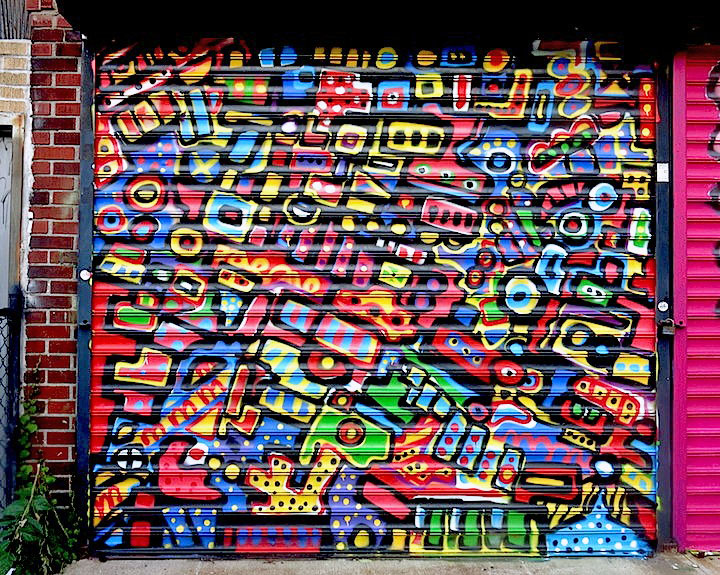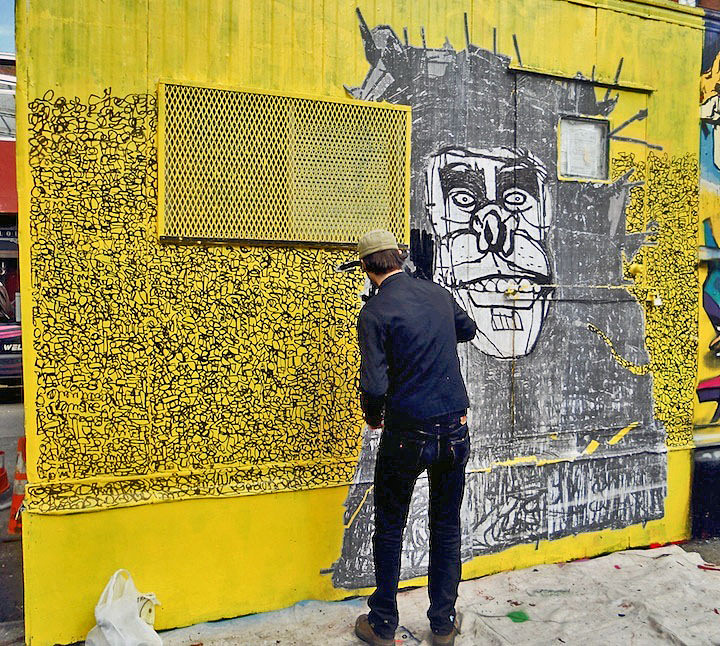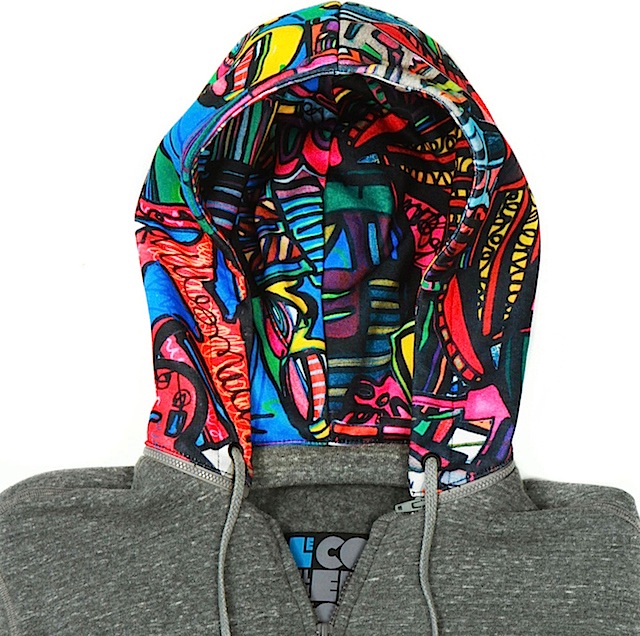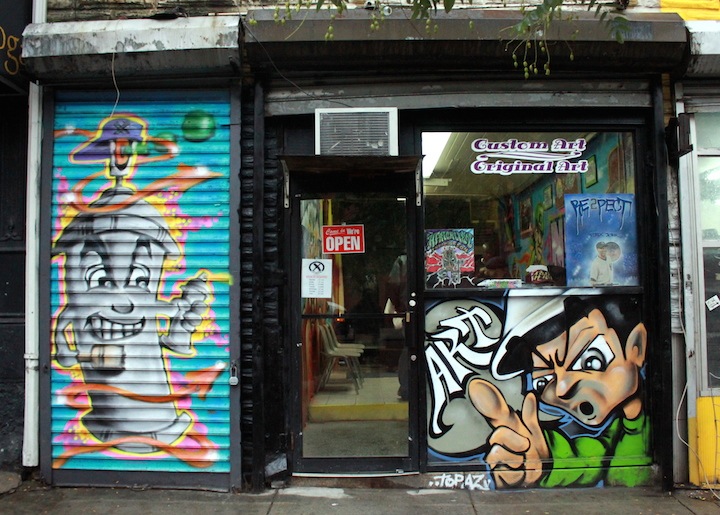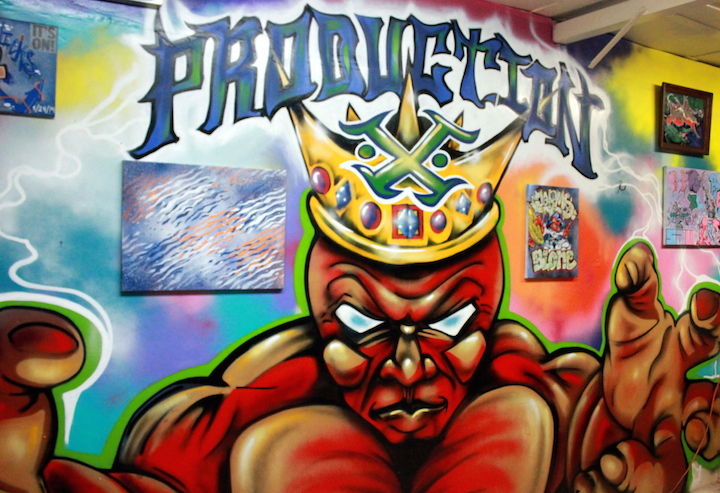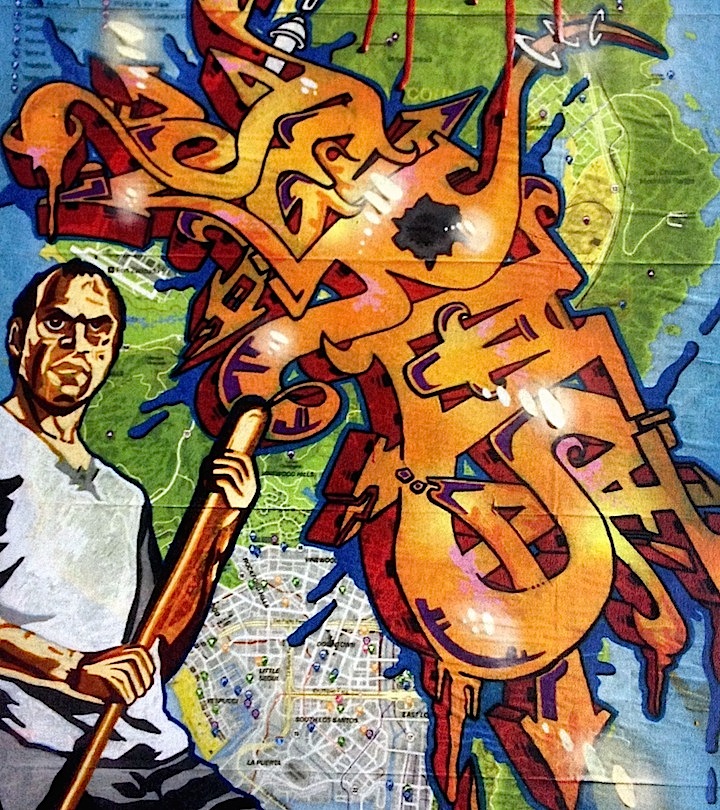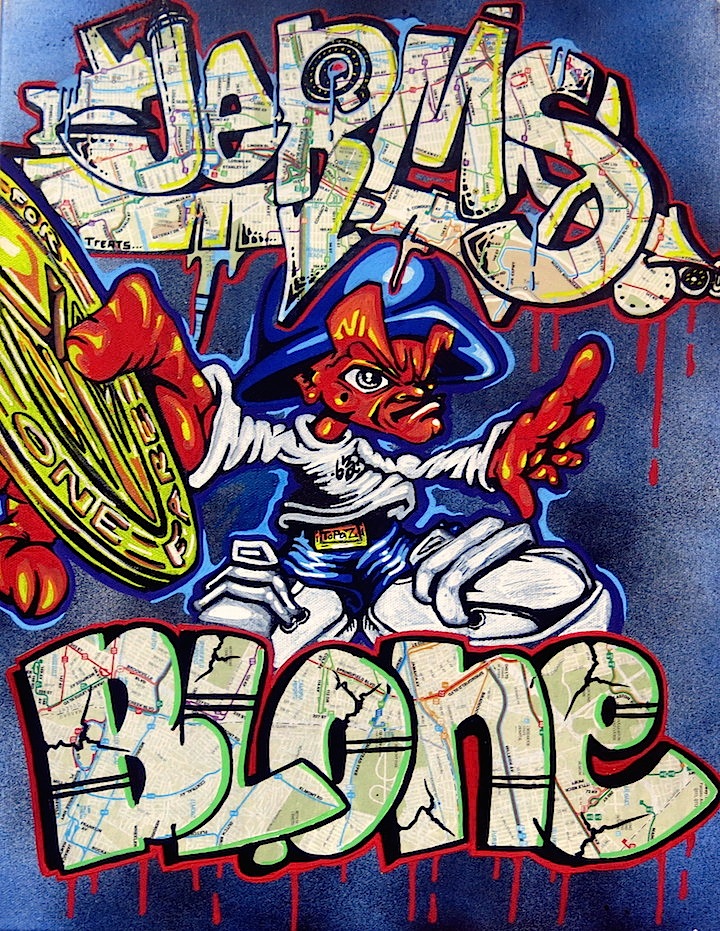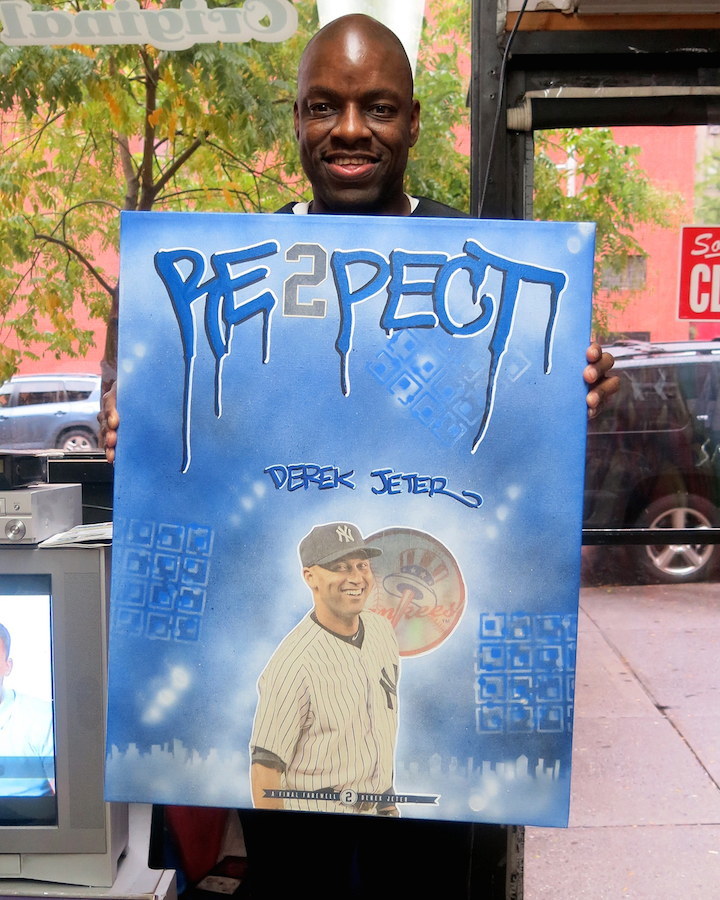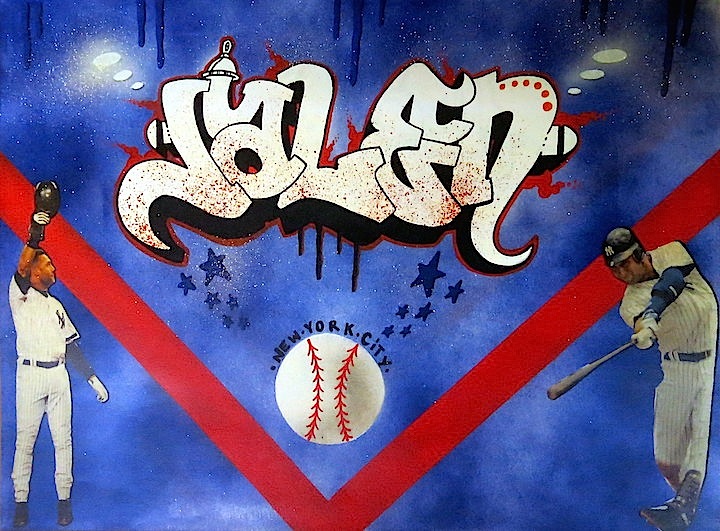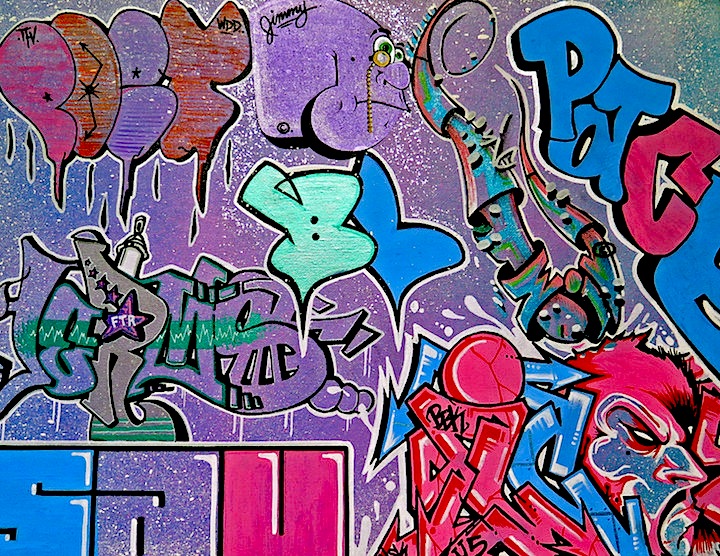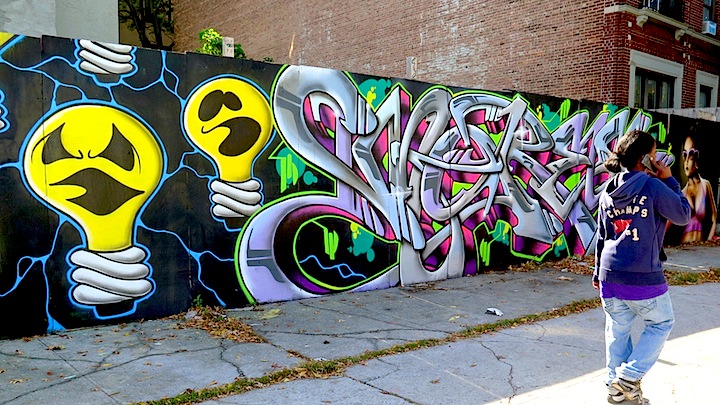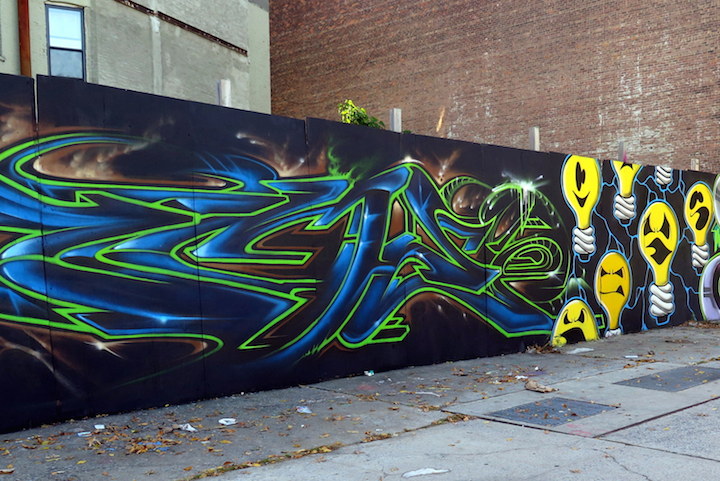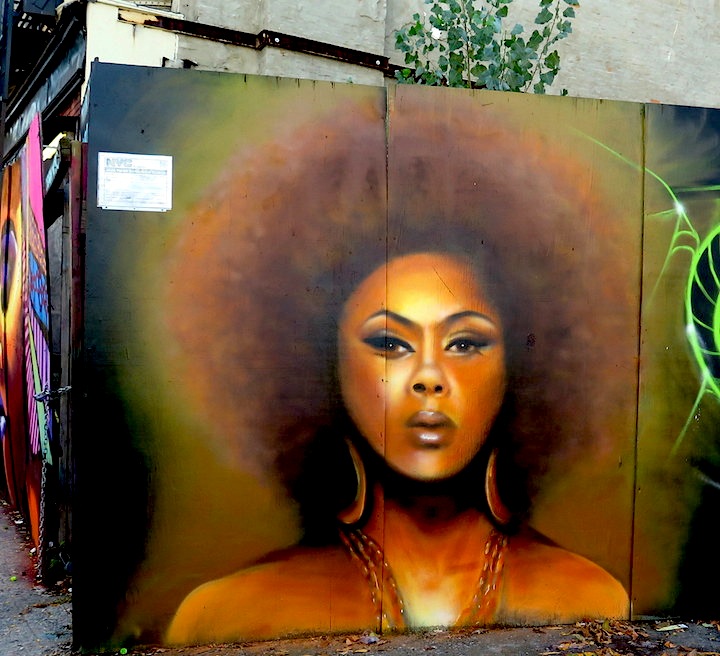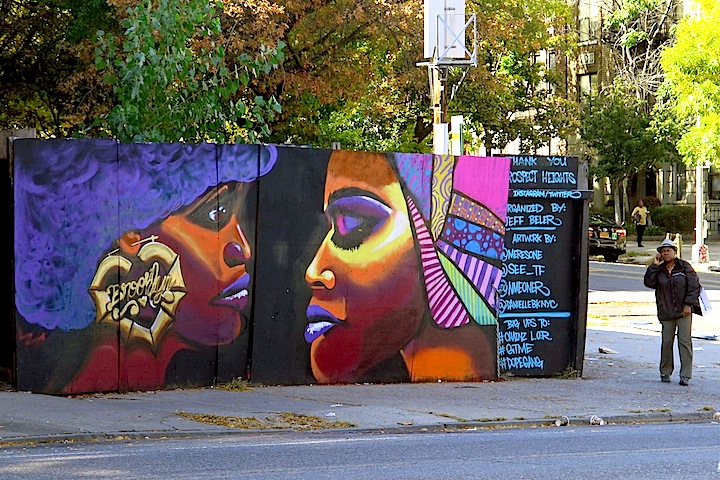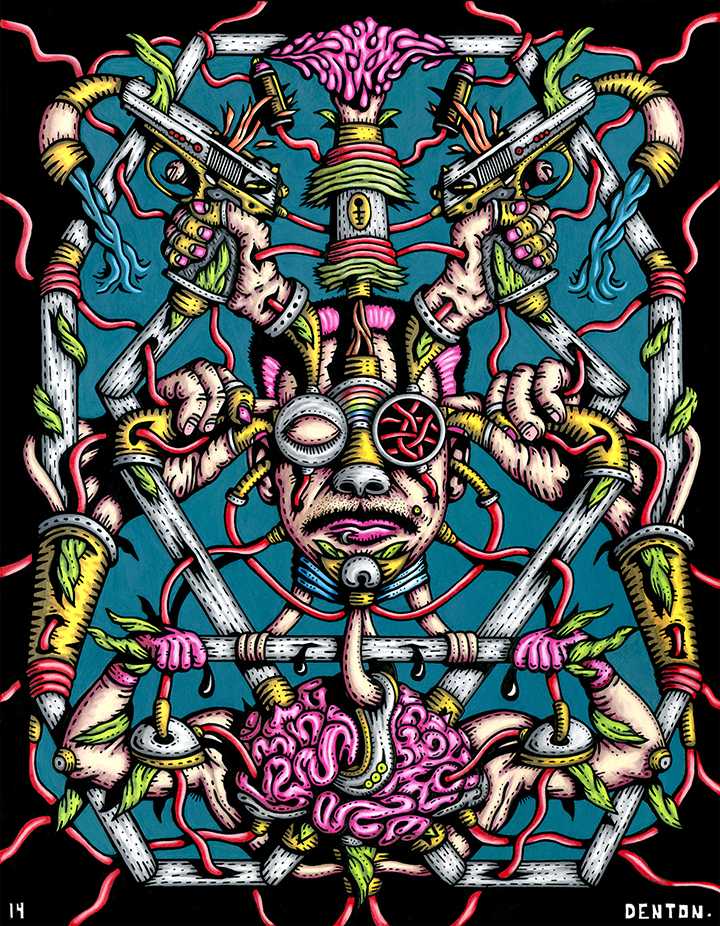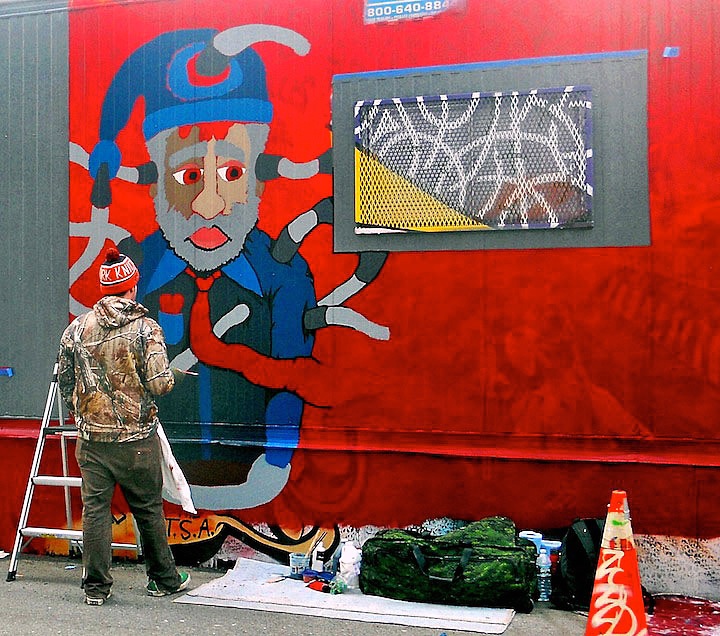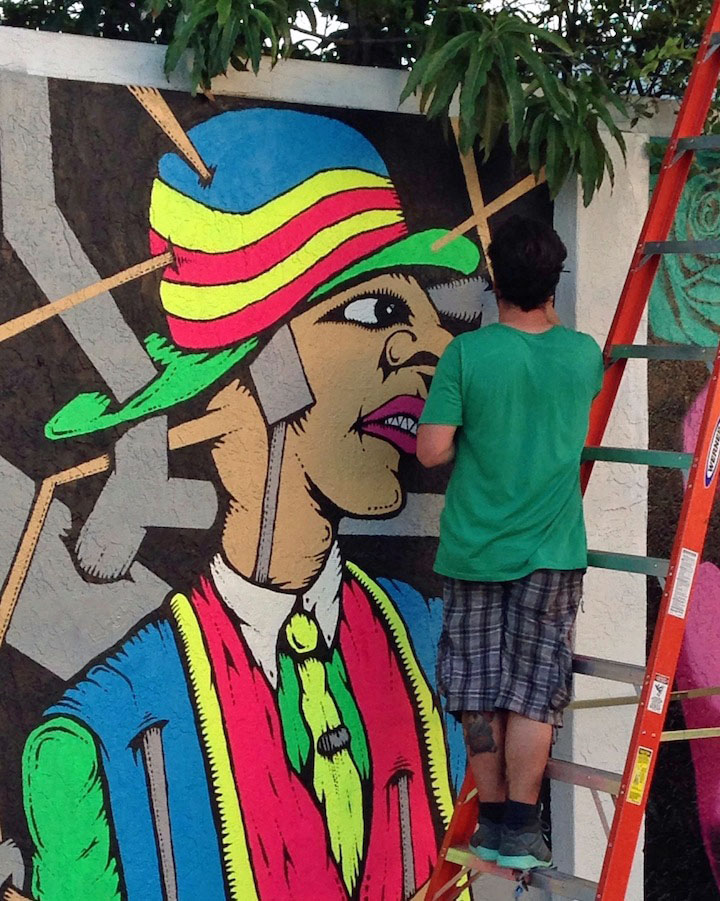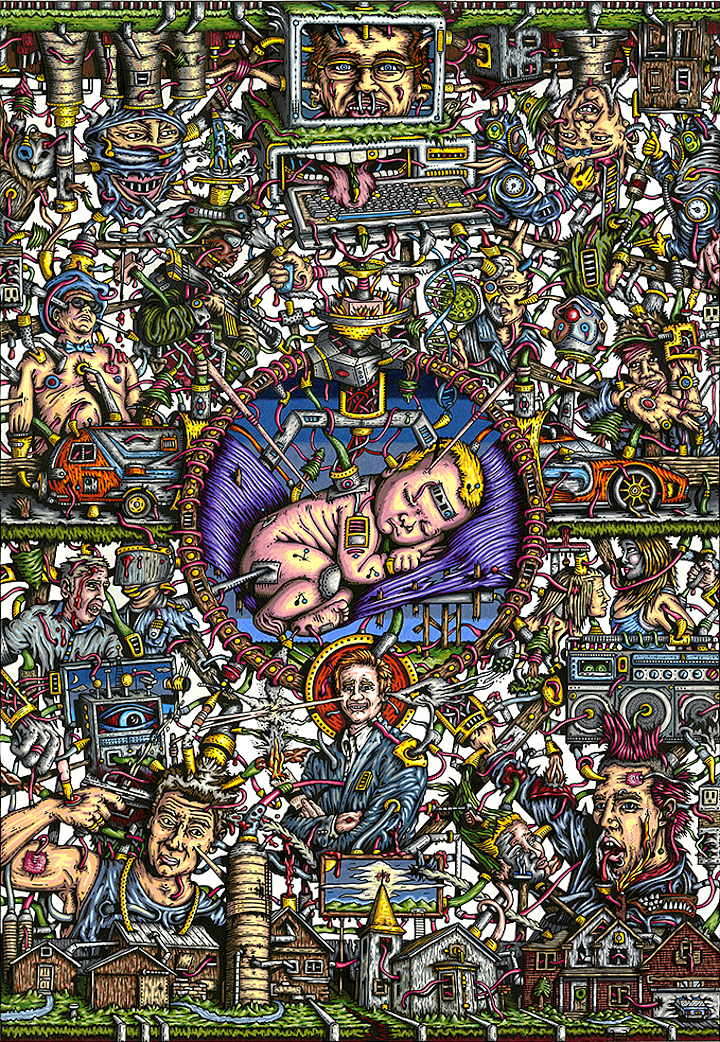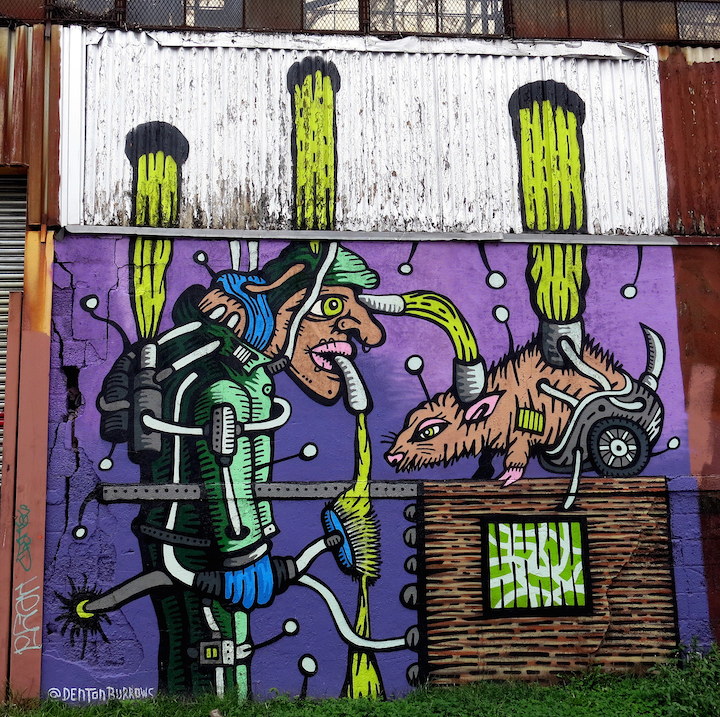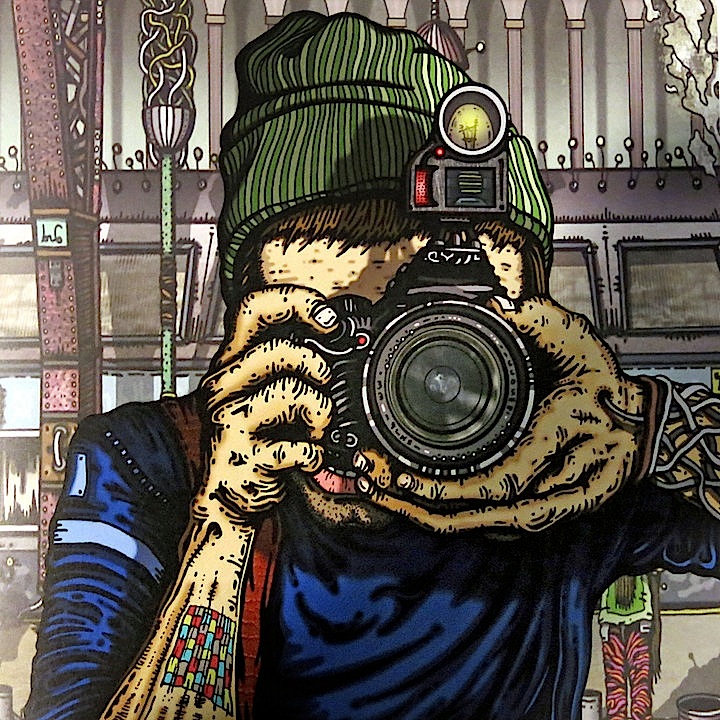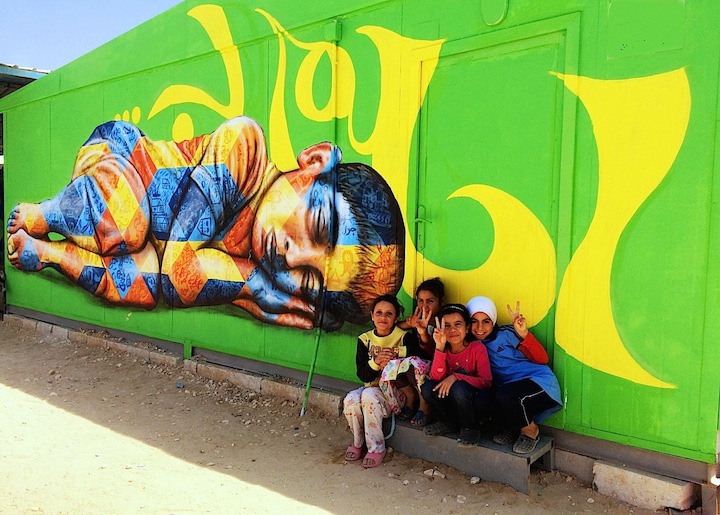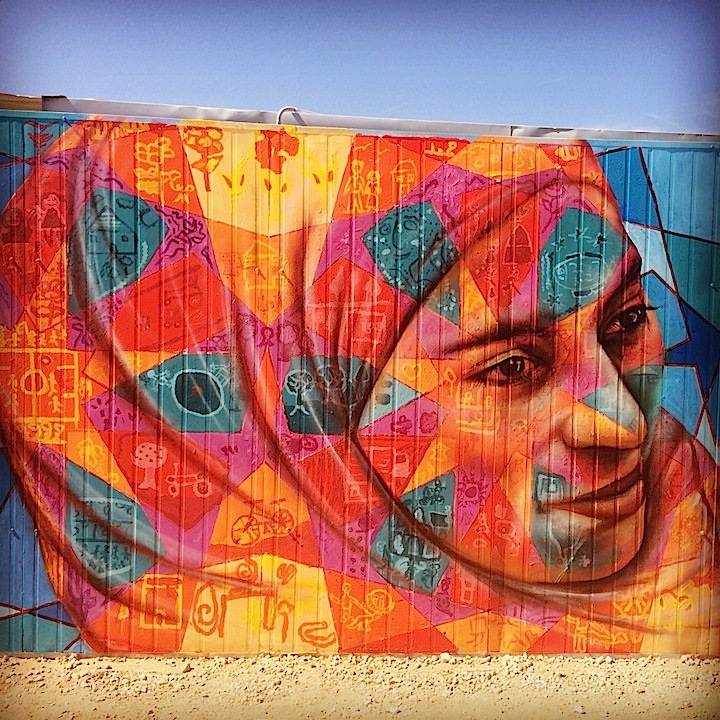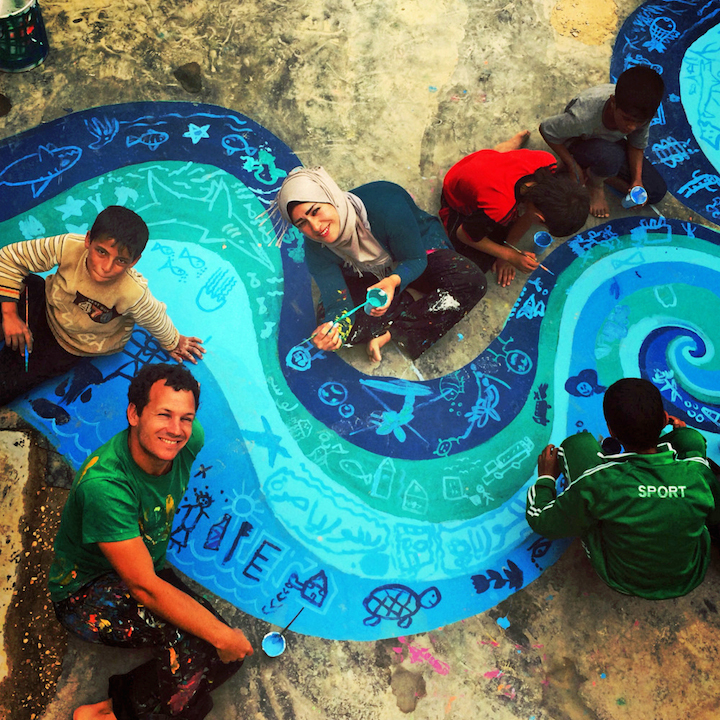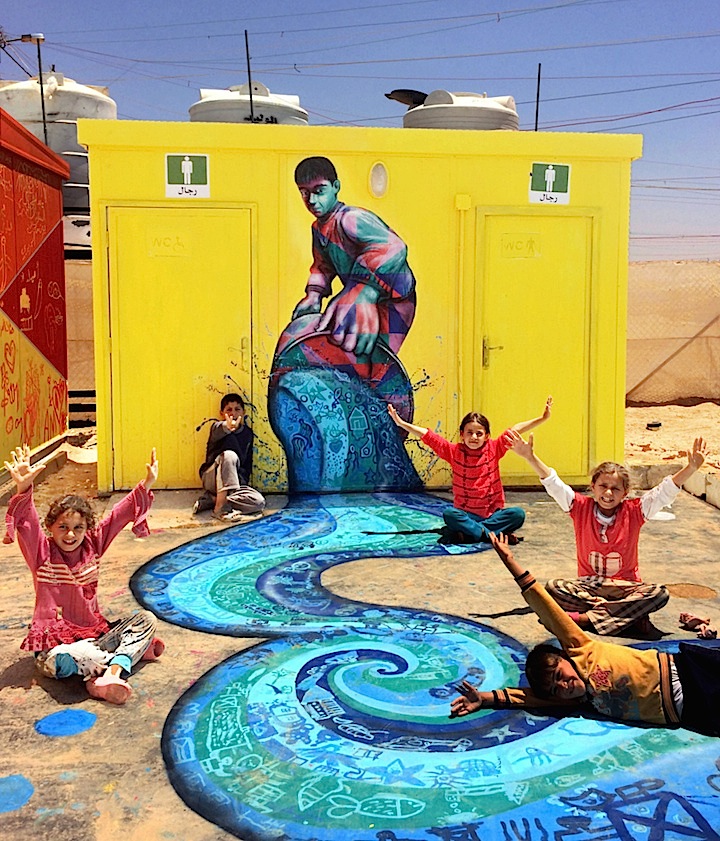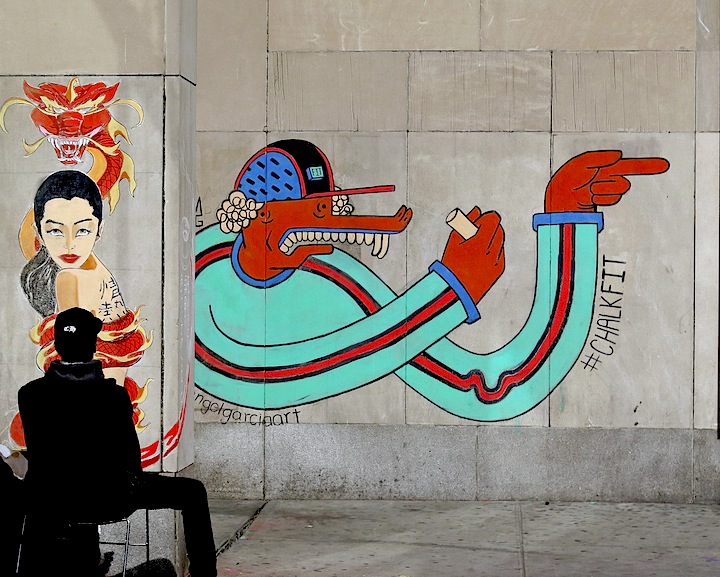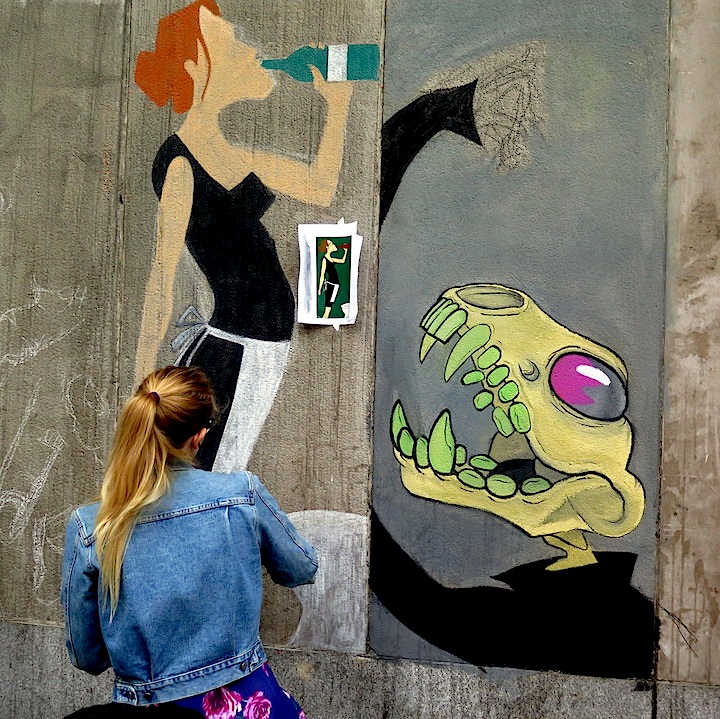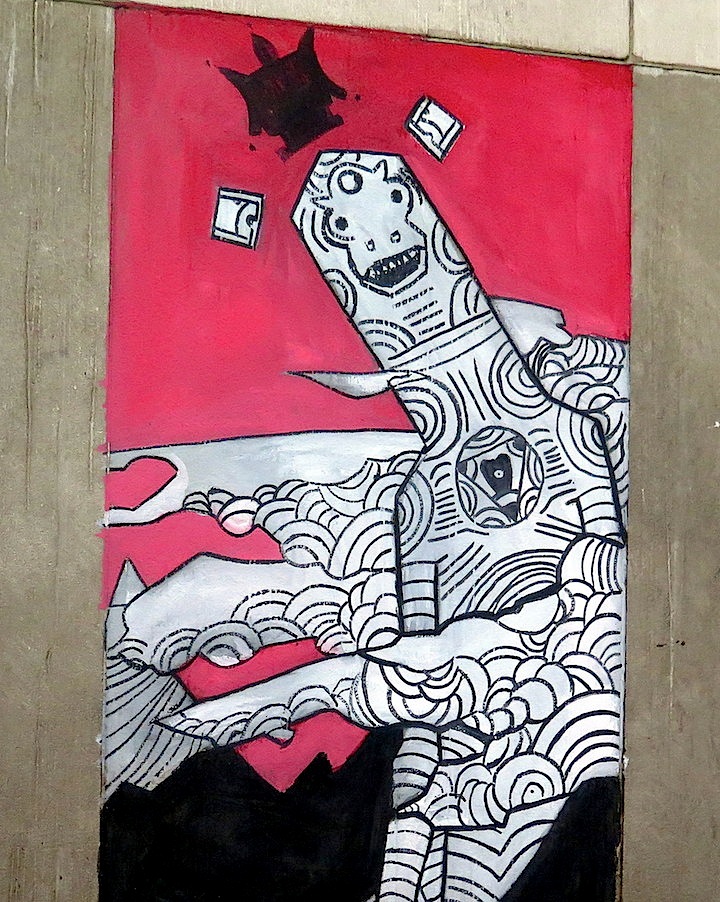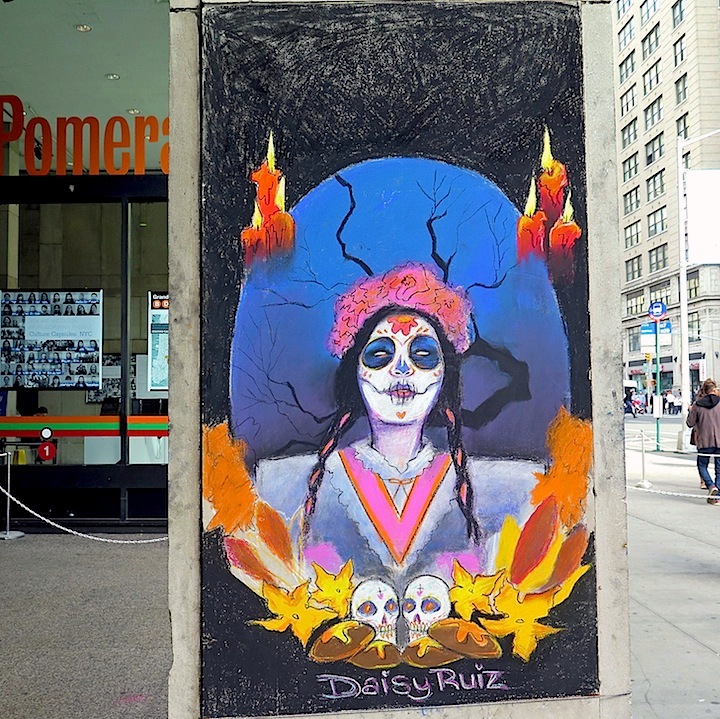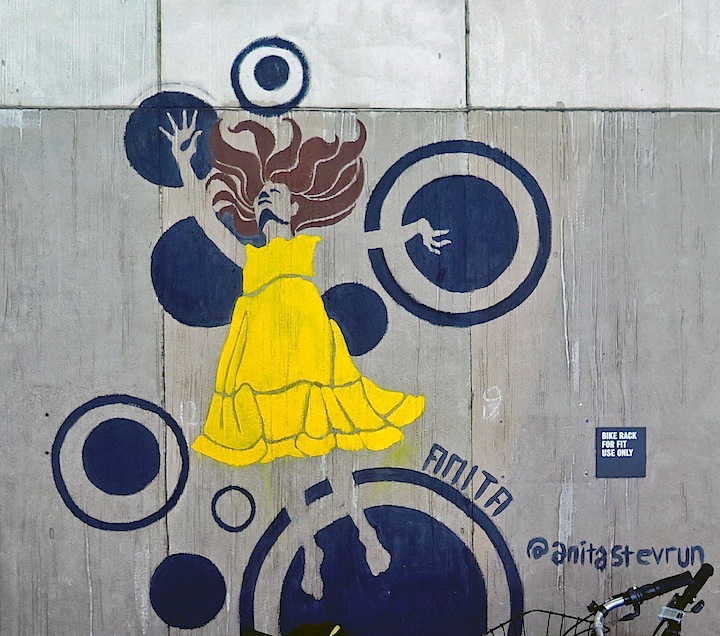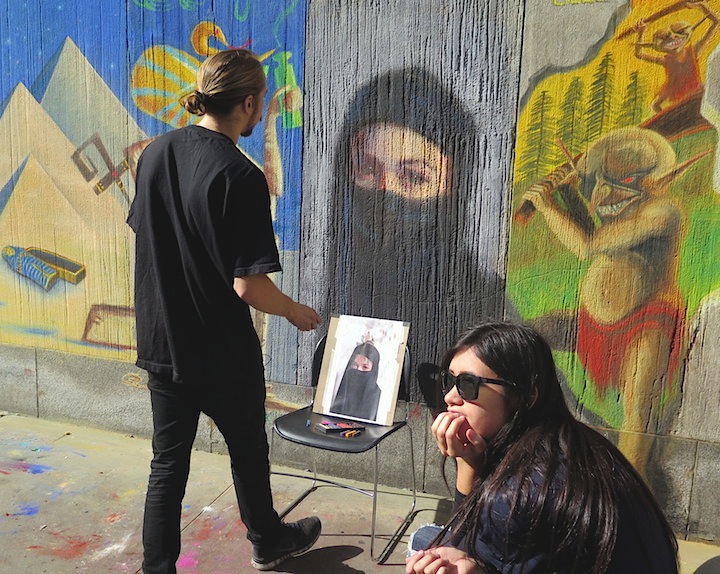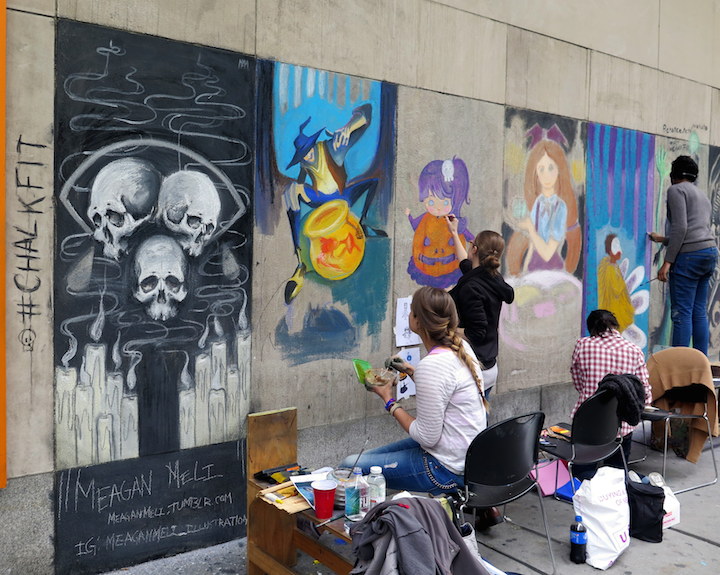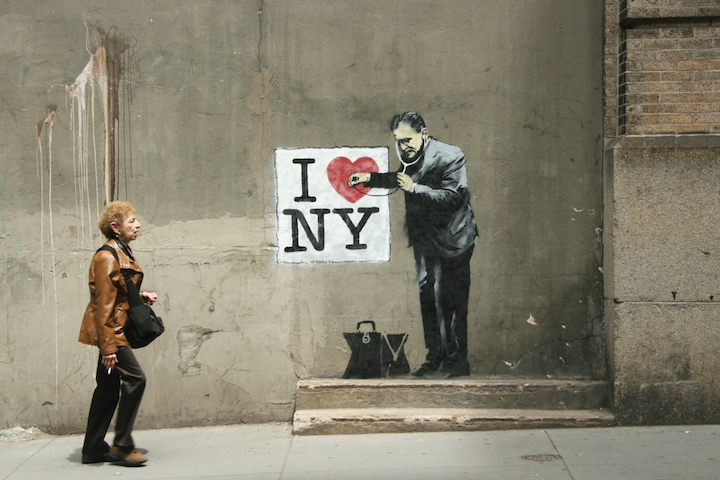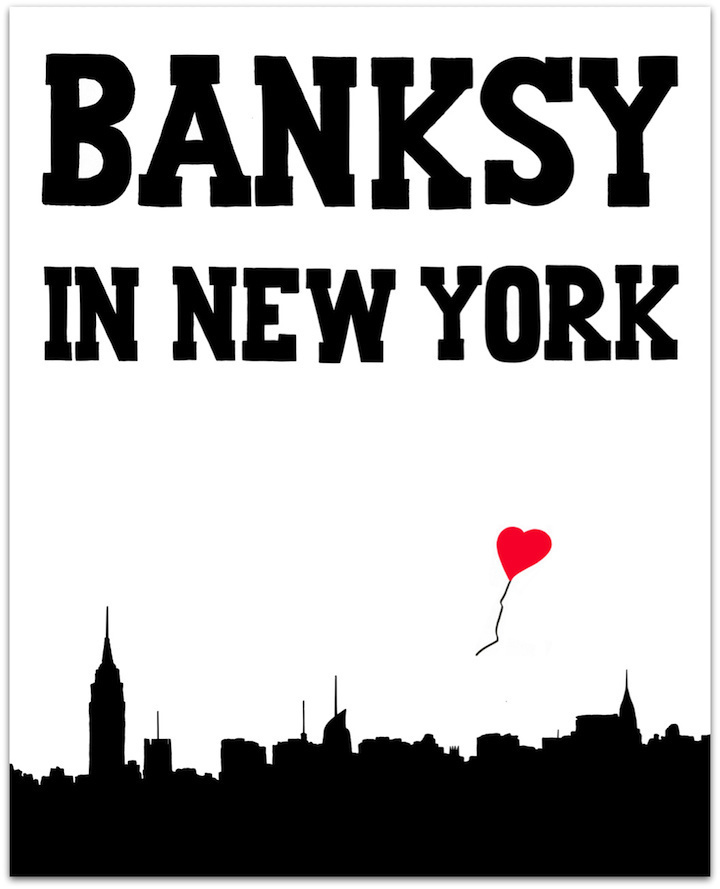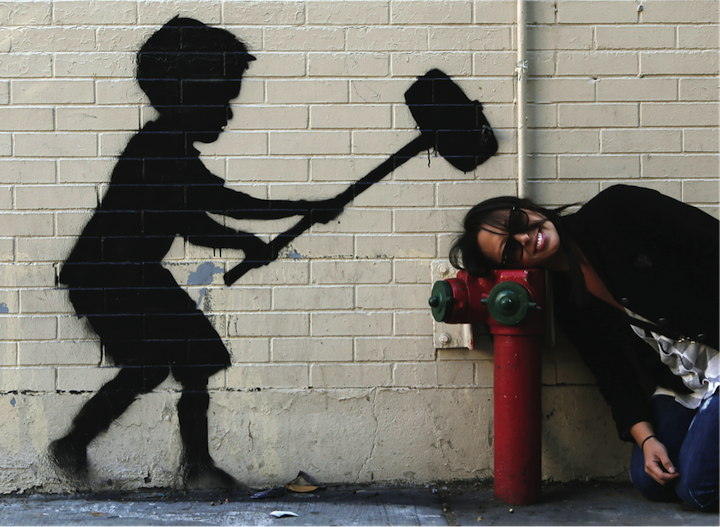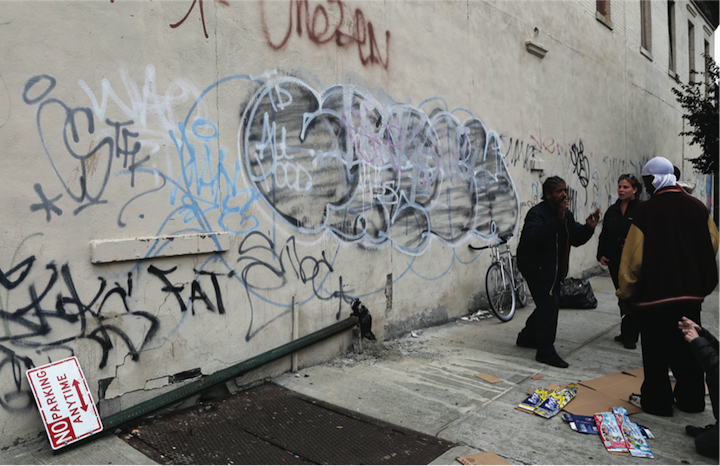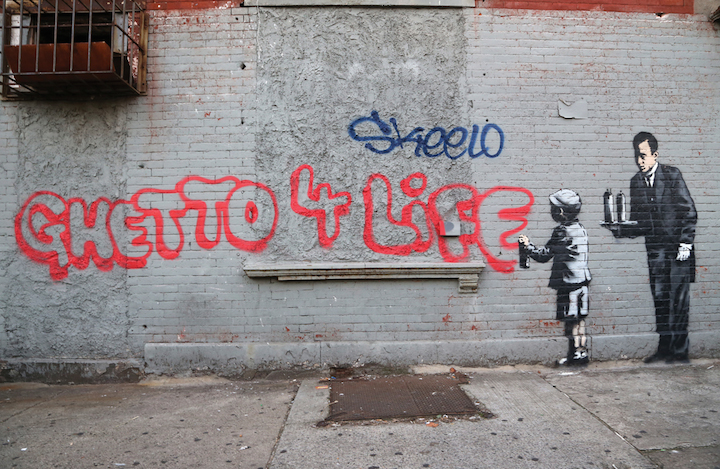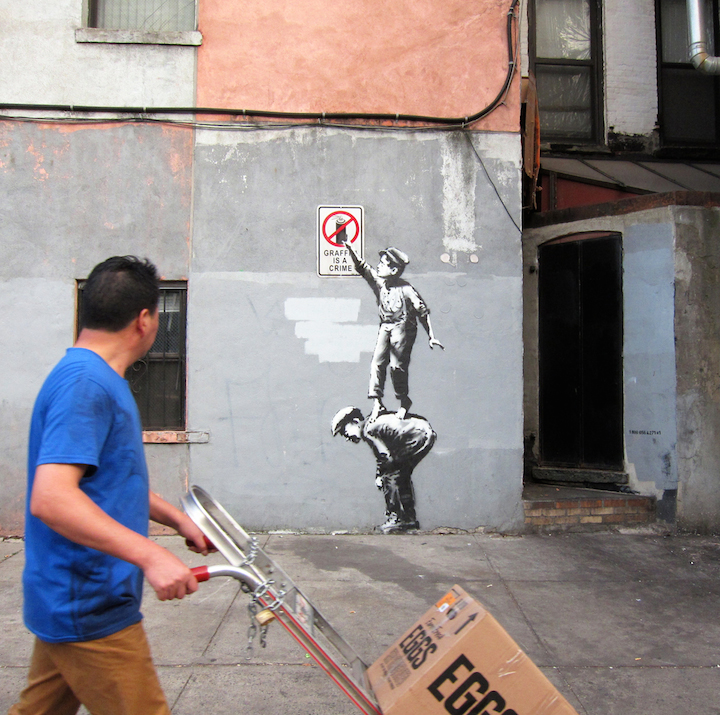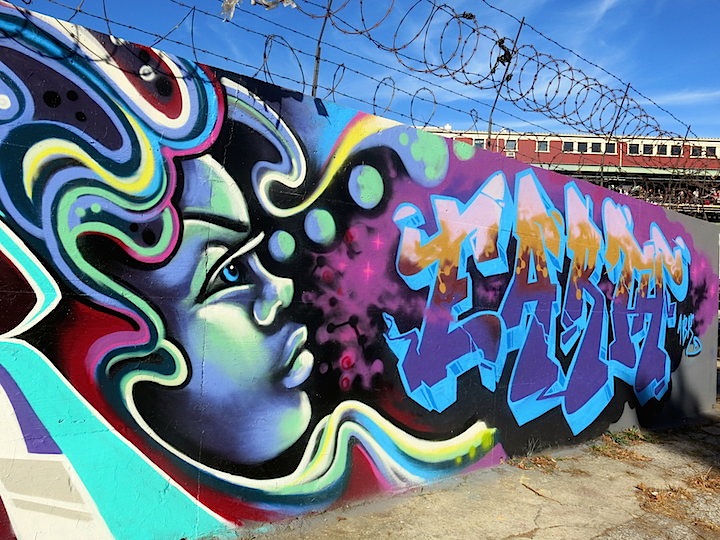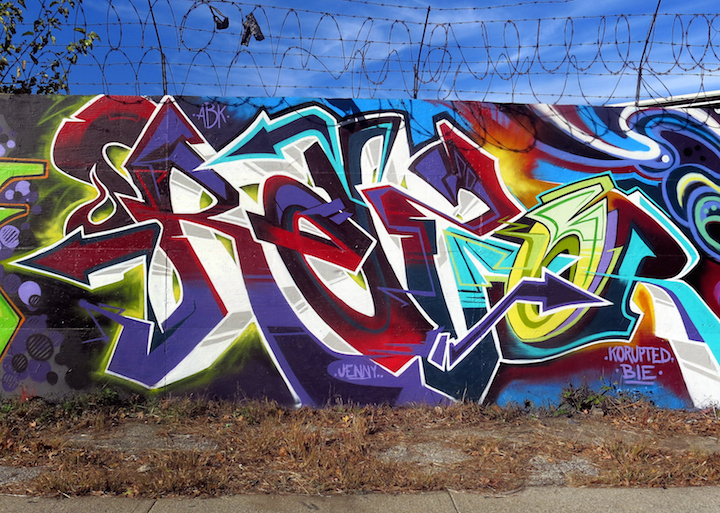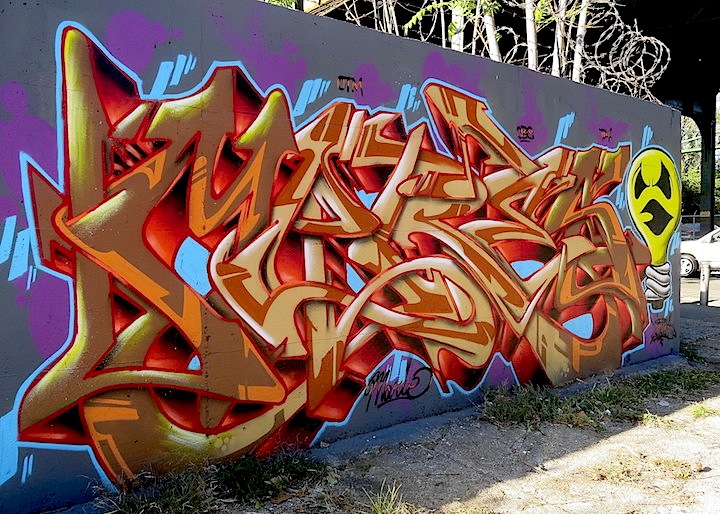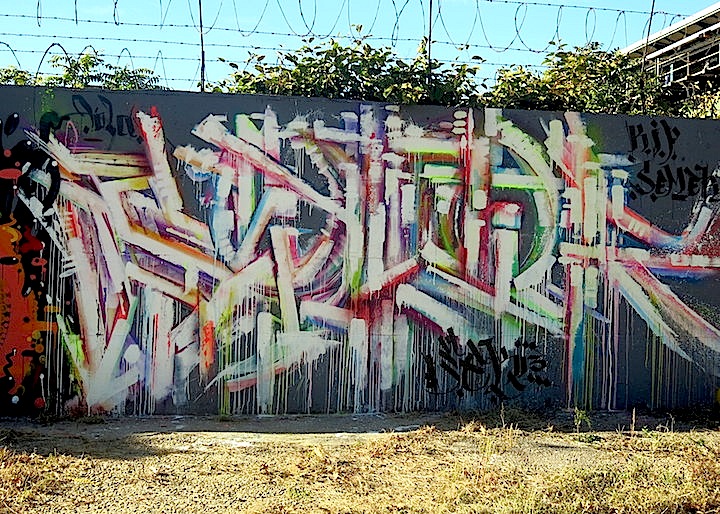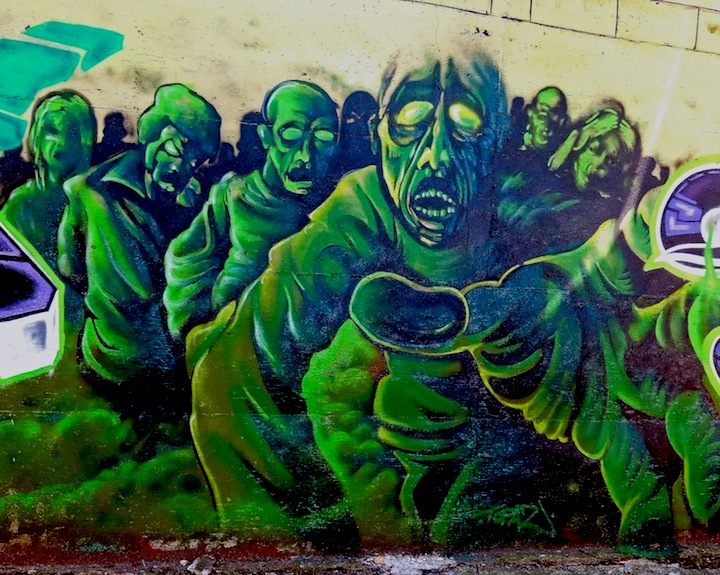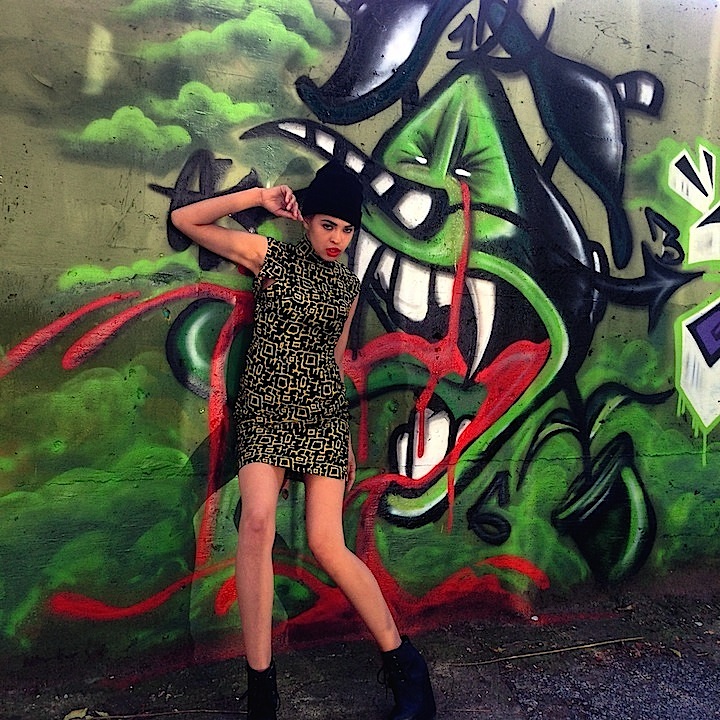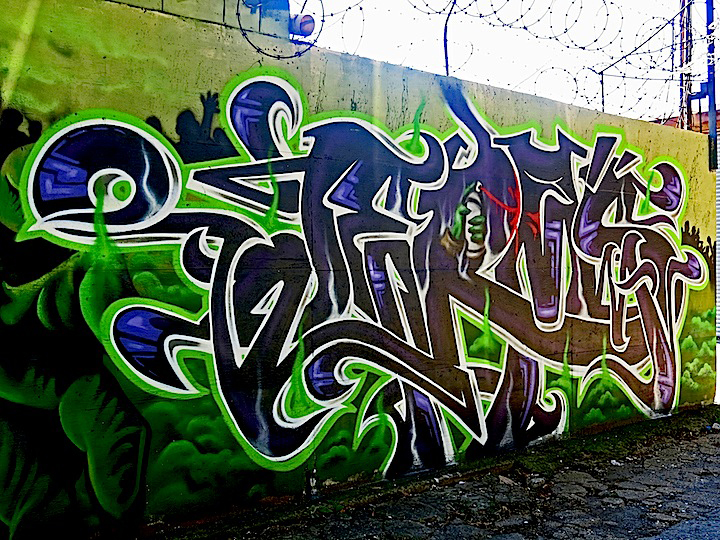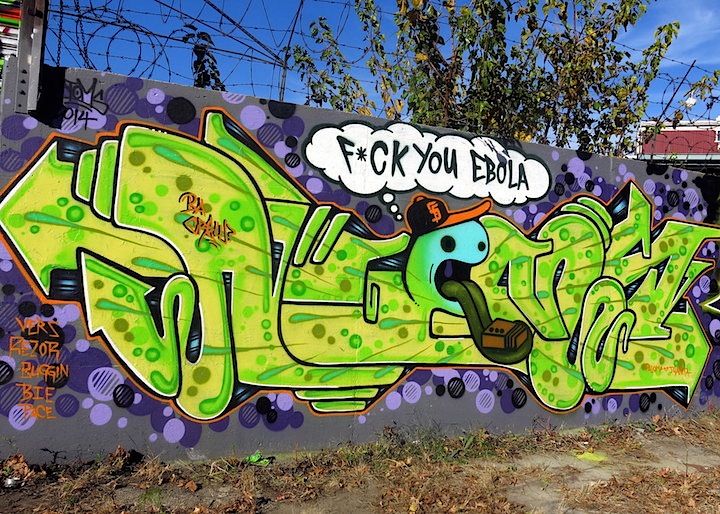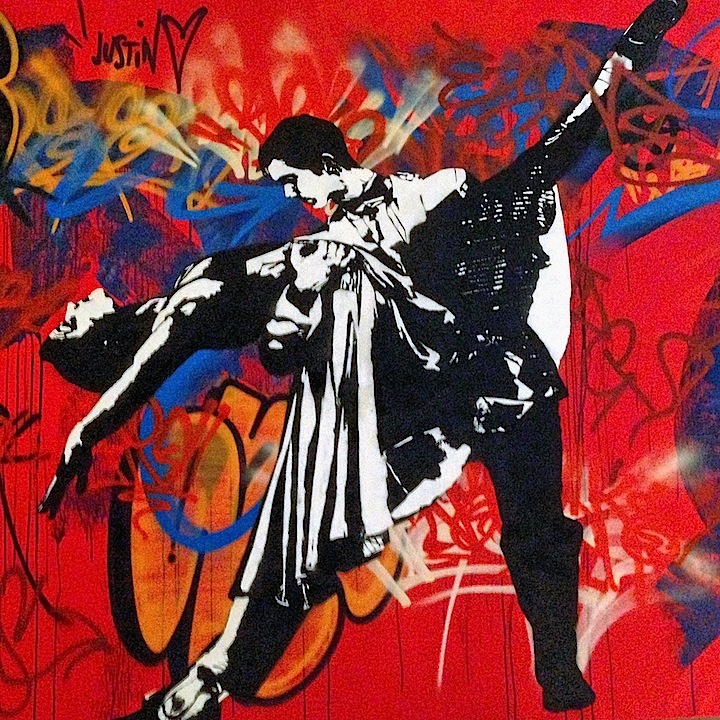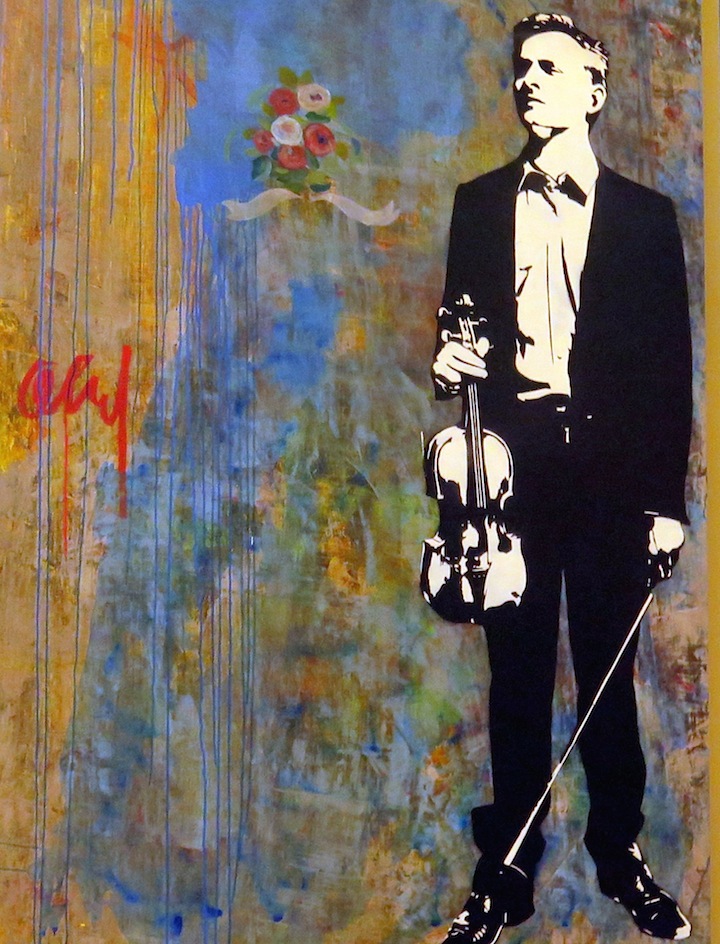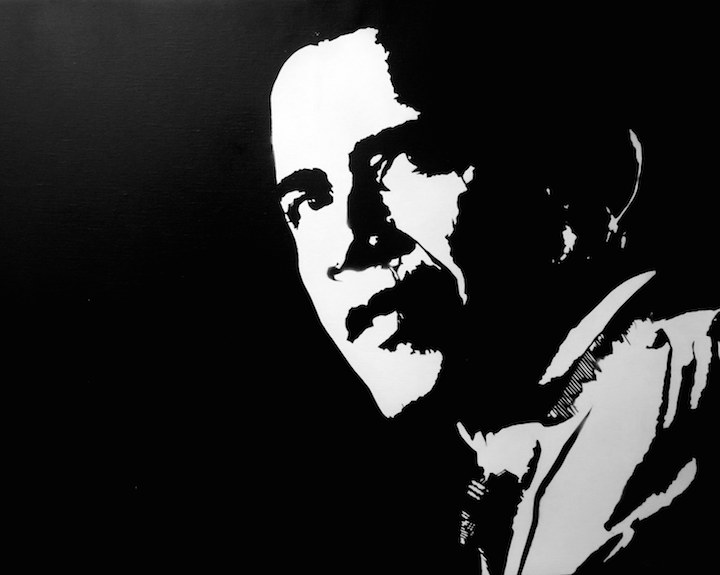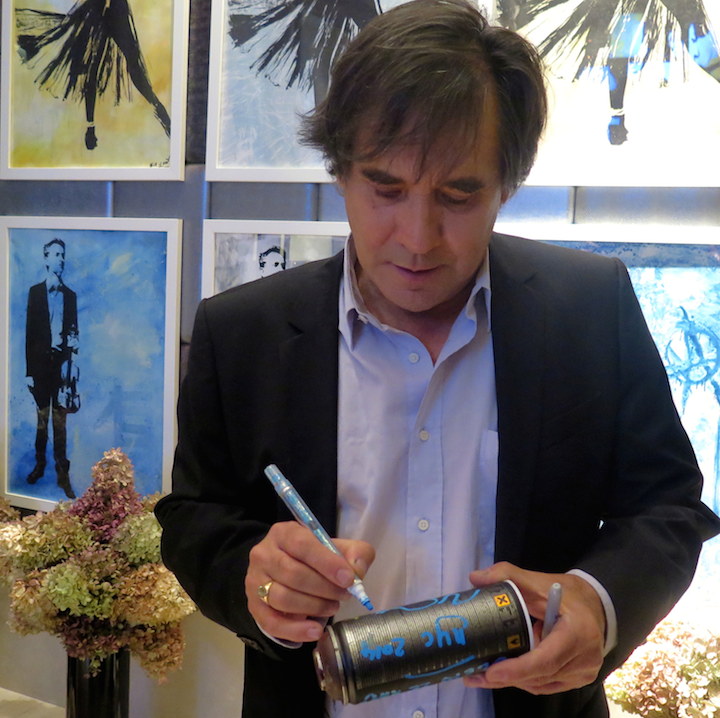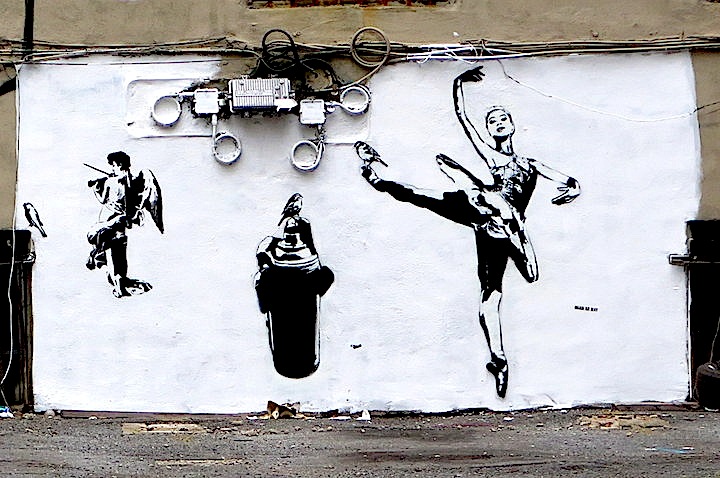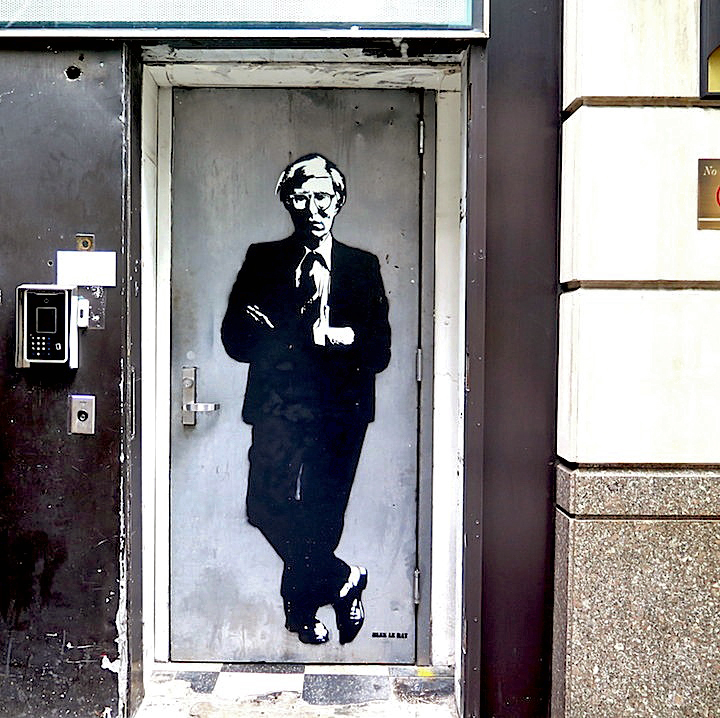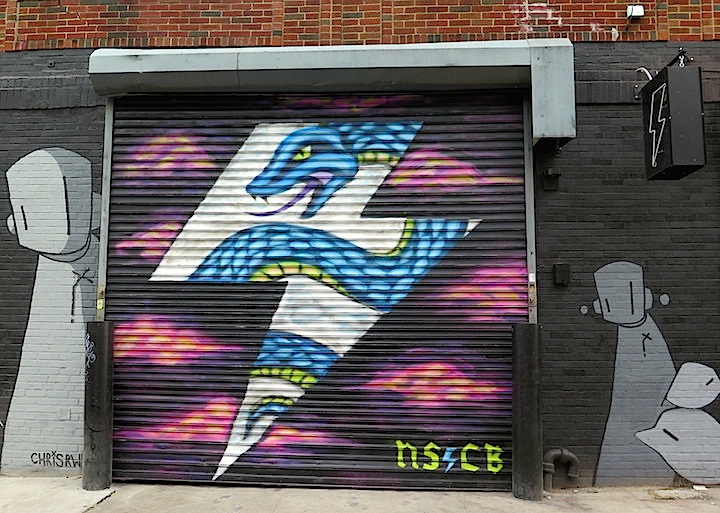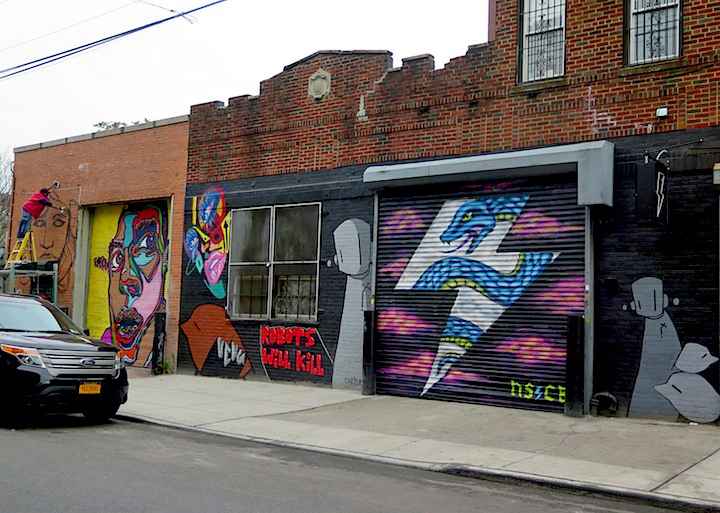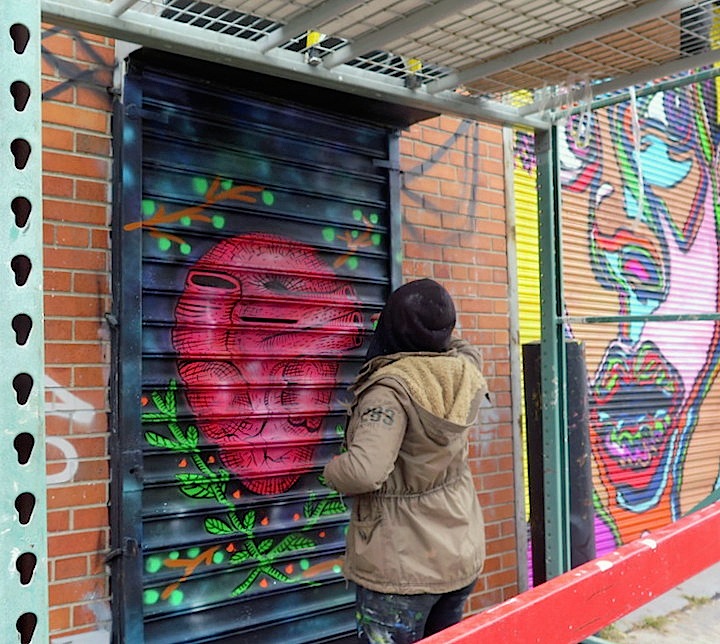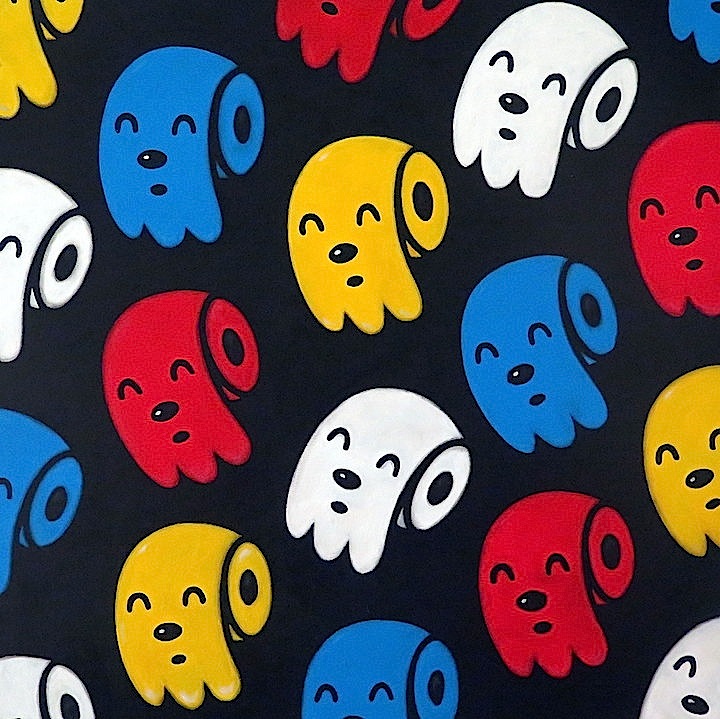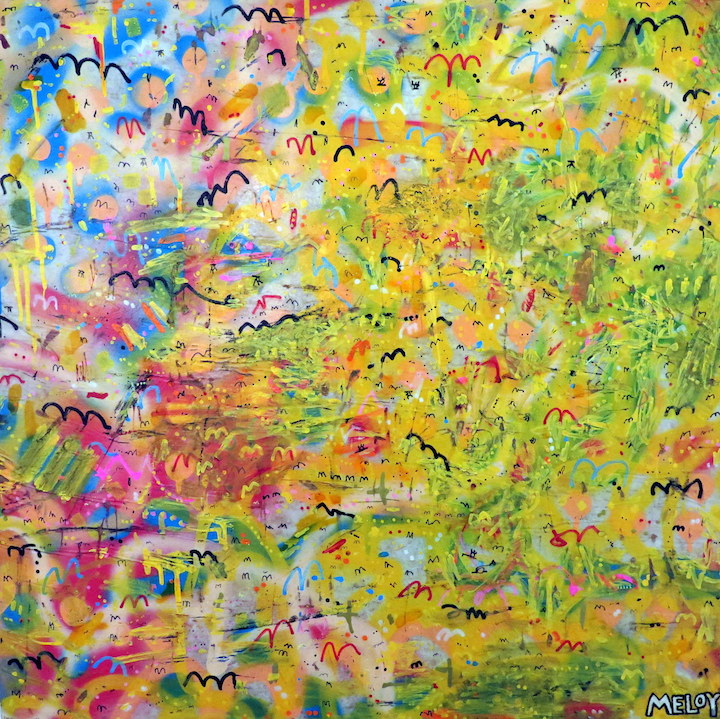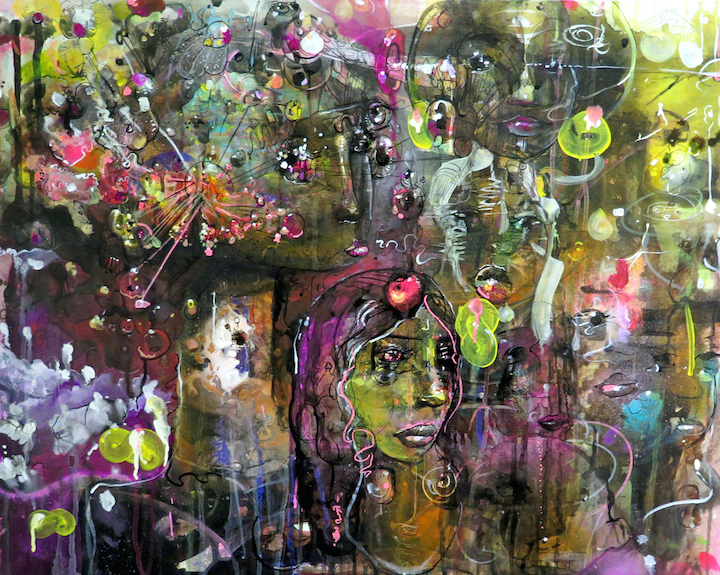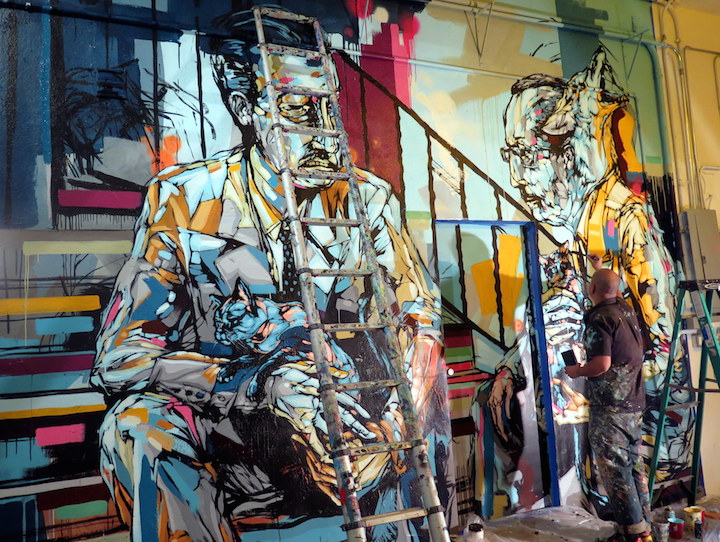An innovative line of hoodies with interchangeable, collectible art-inspired hoods provides a new canvas for artists, including some of NYC’s street artists. Curious about it all, we posed some questions to Amisha Patel, the founder and CEO of Le Collektor.
What inspired you to bring the art that we see on our city’s streets and galleries to hoodies?
The outcry and public debate around the whitewashing of 5Pointz reminded me of what street art is all about. It’s such a pure form of self-expression — truly democratic in nature. At its root is a desire to be seen and heard. And while I think it’s great for artists that street art has been recognized by traditional art collectors and galleries, we wanted to find a way to bring its democratic spirit to its original fans – people on the streets. The hoodie – a streetwear classic – seemed a great way to do it.
How did you select the particular artists who are participating in this venture?
We approached it as if we were curating a group show that artists would want to attend. We wanted to showcase distinct styles that could be seen in cities around the world. We also wanted to work with artists who were on board with what we’re trying to do. Our inaugural artists – Nick Gazin, Chris Uphues, Sonni, Dru Brennan, EWOK, David R. Head, Jr. and Joseph Meloy – have been amazingly supportive, and we very much appreciate that they trust a new brand with their work.
How have the artists responded to your mission?
The artists love the idea. It gives them a direct way to connect to fans — especially those who aren’t in cities that have street art scenes. Everyone also really loves the way the hoodies turned out.
Which artists – based here in NYC – are you featuring?
Joseph Meloy, Nick Gazin, Sonni, Chris Uphues and David R. Head, Jr
How can artists join this project?
We’d love to grow our list of collaborators! Artists can email me directly at amisha@lecollektor.com
Can you tell us something about the hoodie itself? Who will be manufacturing it?
We wanted our hoodie to be the go-to so we made sure that it was worthy of the art on its hoods. It’s being made by a factory in Los Angeles that we found through our friends at Bleick Studio who work with some of the best streetwear brands out there:
- Super soft 13 oz. brushed Sherpa fleece locally knitted in Los Angeles
- Flat-locked seams for extra durability
- Ribbed side panels for a close fit and extra warmth
- Pre-washed and shrunk to fit
- Classic ribbed bomber collar to wear jacket without a hood
- Rope drawcords with custom metal tips
- Hidden phone pocket with headphone port
Why did you launch a Kickstarter? Can you tell us something about it?
Big brands use artists’ work all the time, but we want to build our brand around the artwork in a way that it will provide artists with meaningful income directly from their fans. Kickstarter seemed the perfect platform to engage directly with artists’ fans and with the creatively-minded community we want to build around Le Collektor. It’s about bringing big ideas to life, and — really more than any other company out there — it has created a new class of everyday patrons of the arts – which is in line with our company’s mission. So far, it’s been very exciting to see all of the support and love for what we’re doing. We’re a Kickstarter staff pick, and artists have written in from all over saying they’d love to be part of the movement.
Note: You can check out and support Le Collektor’s Kickstarter here.
Photo credits: 1. Sonni on Bushwick rooftop, Lois Stavsky; 2. Sonni in the East Village, Tara Murray; 3. Sonni hood, courtesy of Le Collecktor; 4. and 5. Chris Uphues in Williamsburg, Lois Stavsky; 6. Chris Uphues hood, courtesy of Le Collecktor; 7. Joseph Meloy at Welling Court, Dani Reyes Mozeson; 8. Joseph Meloy for the Centre-fuge Public Art Project, Tara Murray; 9. Joseph Meloy hood, courtesy of Le Collecktor
{ 0 comments }
